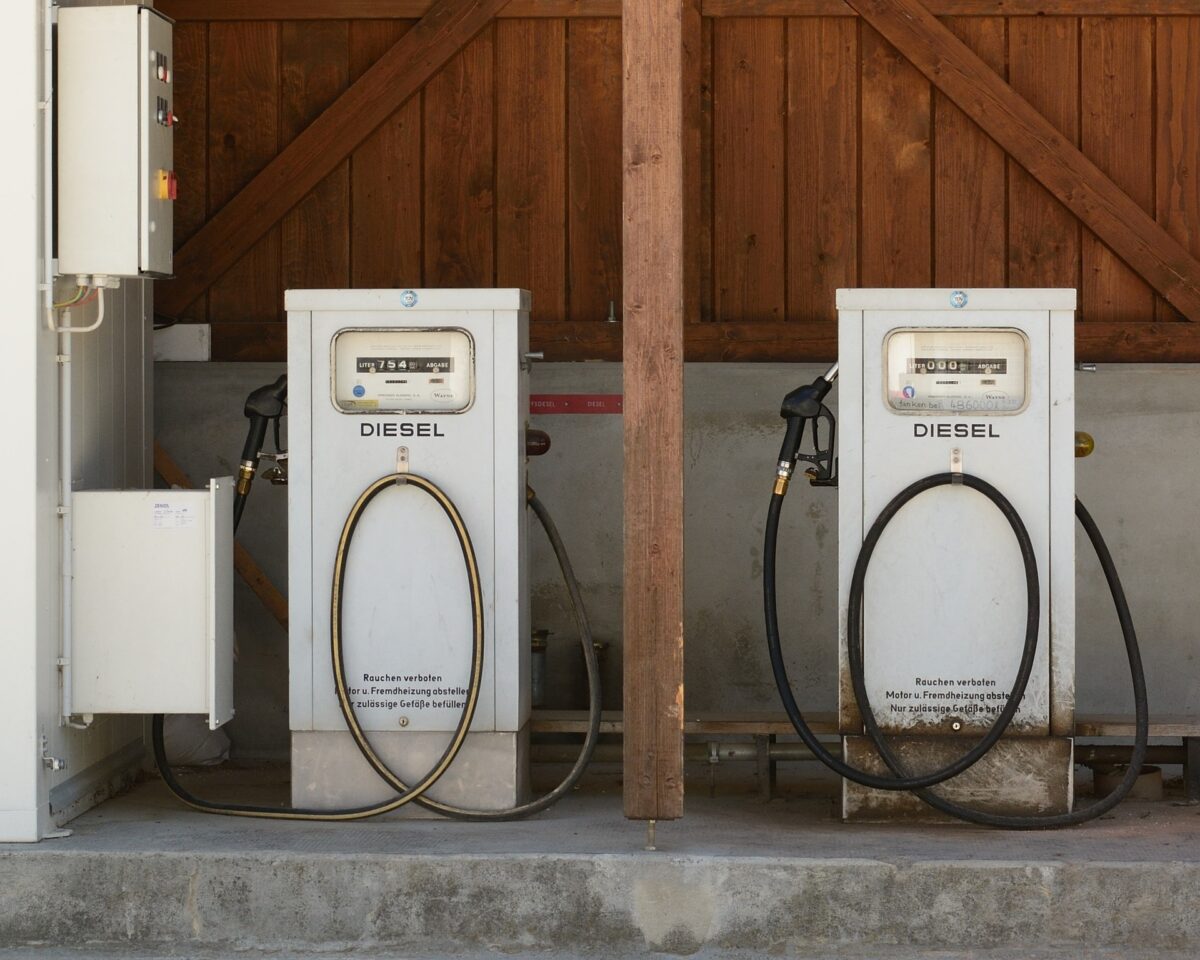Connecticut encourages saving money with diesel upgrades

Connecticut’s Department of Energy and Environmental Protection (DEEP) is offering funding for municipalities, businesses and organizations across the state to upgrade their diesel-based vehicles and equipment.
The Diesel Emissions Reduction Act (DERA) grant program will provide almost $1 million in funding for the reduction of diesel emissions across Connecticut. Interested parties have until Dec, 15 to submit their paperwork for the Financial Year 2023 run of the program and can do so at: https://portal.ct.gov/DEEP/Air/Mobile-Sources/DERA-Grants.
The grants are part of a larger program administered by the Environmental Protection Administration (EPA), with applications ending Dec. 1. The funding for DERA comes from several sources, including EPA grants aimed at improving air quality, upgrading school bus fleets, and a portion of the $50 million settlement between German car manufacturer Volkswagen and Connecticut over the company’s use of “defeat devices” in hundreds of thousands of cars to fraudulently pass emissions tests.
“The importance of air quality has been front and center in the minds of most people in the region the last few days with the record levels of unhealthy air quality we’ve had,” said Gov. Ned Lamont when announcing the previous round of DERA funding on June 27. “It’s fitting to share today one of the ways we’re continuing the work to make the air cleaner and safer to breathe in Connecticut by deploying new emissions-reducing technology. We are excited to announce significant investments in new electric vehicles and other projects that will reduce transportation-related pollution in some of Connecticut’s communities that are inequitably overburdened by air pollution from diesel vehicles.”
Priority is being given to projects to upgrade or replace marine use diesel equipment or cases where diesel is used to generate electricity. There are no maximum limits to grant sizes, but any replaced vehicles must be in working condition. Vehicles and equipment also need to be at least two years old or have the equivalent operating time or mileage recorded and have at least three years of useful life remaining.
Replacing diesel powered school and transit buses, medium to heavy duty trucks of Classes 5 through 8 (meaning trucks that have at least 16,001 lbs. gross vehicle weight rating), marine engines and locomotives are all valid uses for the funding. Additionally, off-road vehicles such as construction and farming equipment and applications like generators, air pumps, and some refrigeration units are eligible.
While encouraging widespread switching to battery-electric vehicles and equipment is intended, the grant can also be used to improve electric charging infrastructure and improving diesel efficiency. Replacing older engines with new, cleaner models, installing idle reduction technologies, adding systems to reduce emissions, converting a vehicle to clean fuel alternatives like propane or natural gas, and improving the aerodynamics and rolling resistance of long-haul trucks are all eligible funding uses.
John Rogan is the manager of the Energy and Resilience branch of EPA Region 1, which includes the entire New England region. He said that the benefits of programs like DERA and the larger EPA initiative are manifold and should be a top priority for Fairfield County.
“The most pressing issue that we see here from the Air Program is ground level ozone,” Rogan said. “Particularly in Connecticut and specifically in Southwest Connecticut. That is really where we observe the highest levels of ground level ozone, and when you’re looking at that the pollutants of concern are volatile organic compounds, VOCs, and nitrous oxides, which we refer to as NOx.”
According to Rogan, the entire I-95 corridor suffers from poor air quality as a result of heavy traffic and “transport” where the wind carries pollution from other areas, such as New York City, though prevailing wind currents can bring pollution from as far away as the Ohio River Valley. In all of those places, diesel engines are a major contributor.
“One of the interesting things to keep in consideration is that diesel engines are commonly referred to as the workhorses of our economy,” Rogan continued. “It’s very true. I’ve been working in diesel programs for well over 15 years at this point and there are diesel engines out there that are well older than I am.”
Diesel technology is often long lived, which Rogan says is why programs like DERA are particularly useful.
“The diesel program is really focused on trying to accelerate the natural turnover of statewide fleets of diesel engines, because they could easily have a useful life of another few decades,” he stated. “What we’re able to do with this program is really incentivize somebody retiring an older piece of equipment replacing it with one that is built to a cleaner emission standard.”
Rogan also stressed that there are benefits beyond the grant funding, and that the long-term benefits not only for air quality but efficiency warrant business consideration.
“Even if they don’t receive that federal funding, I see a business case for a business to move forward and fund their own engine replacement or vehicle replacement because they see efficiency gains. We see reduced costs when it comes to maintenance and downtime for equipment that is older.”
While the window for the 2023 EPA grants has already closed and DERA grant applications are due by Dec 15, interested parties can anticipate another round of grants to be offered in 2024.
Photo by Manfred Antranias Zimmer / Pixabay